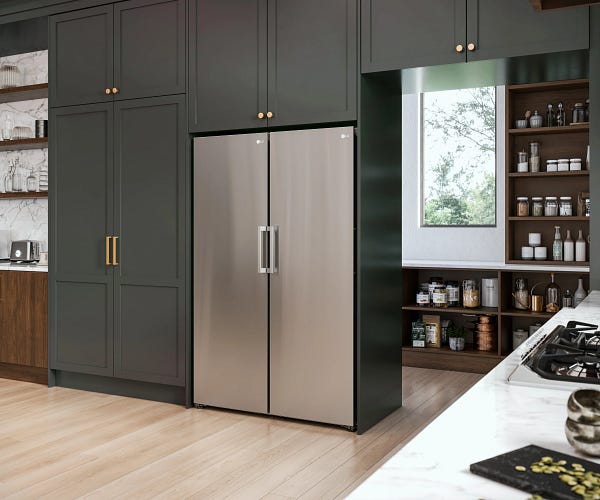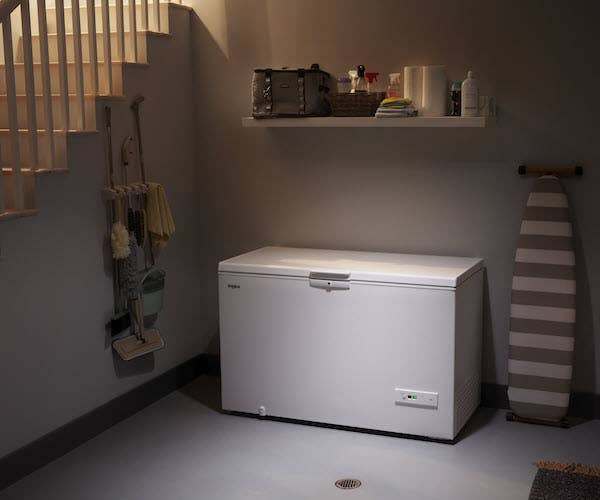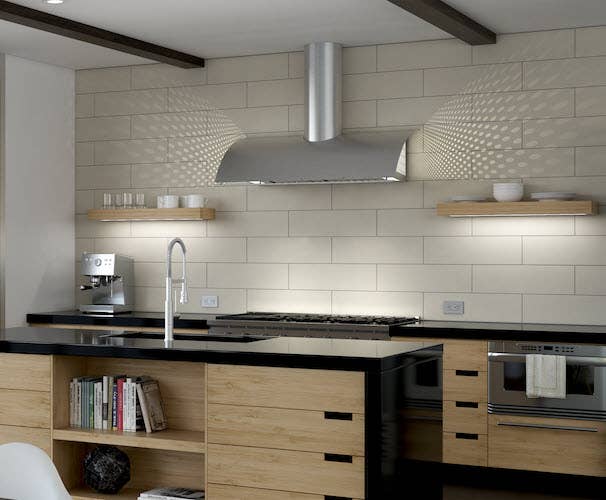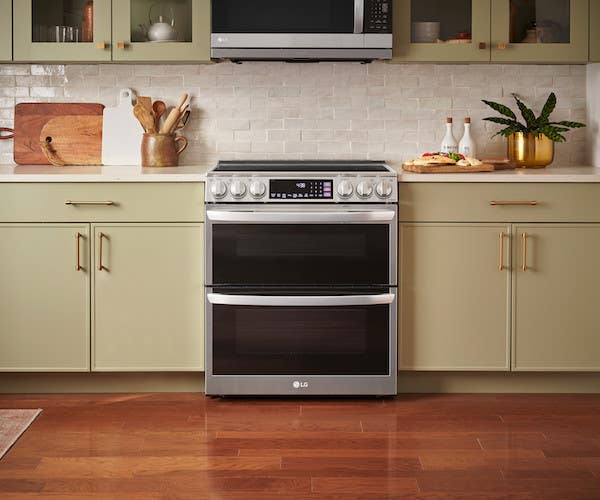Selection criteria for choosing a refrigerator
Dimensions of the fridge
The first step in any purchasing process is confirming how much space is available. Take the measurements (width, height and depth) of the location of your future refrigerator. Models vary widely, from 24 to 36 in. (61 to 91 cm) wide, 24 in. (61 cm) or more deep and 70 in. (178 cm) or more high.
In addition, there is a 1 to 2 in. (2.5 to 5 cm) gap around the unit to ensure breathability and prevent overheating. Also confirm the door opening clearance required and the direction you would like it to open. You should be able to remove bins and shelves, which sometimes requires an opening of more than 90 degrees.
Next, look at potential barriers in the house. Are there low door frames, narrow hallways, cramped stairwells or other challenges to consider during delivery? Some appliances have casters for easy movement, if needed. Don't forget to make sure the electrical outlet is close to the refrigerator.
The space available will necessarily influence your appliance’s interior capacity, but for the same dimensions, some fridges offer more cubic feet than others, as the capacity varies according to the shelves and compartments. We recommend an average of about 5 cubic feet per person in your household.
Door type and refrigerator configuration
Now that you have the information about your environment, there are a multitude of choices available to you based on your needs, including the type of door and configuration of a fridge with a freezer.
Normally, the freezer occupies about one-third of the volume of the entire appliance. Do you want a more traditional and generally less expensive top freezer model or a bottom freezer model?
If you have less clearance in your kitchen, you may want to consider double doors, also known as French doors.
A side-by-side model with a freezer has a larger freezing volume, although it generally uses more energy.
Type of refrigerator
There are two types of refrigerators on the market, free-standing and built-in. The free-standing refrigerator is visually complete on all sides and does not need to be installed in a refrigerator recess.
The built-in refrigerator, on the other hand, requires less space around it, as the evaporator is located at the top or bottom. It will cost you more and require a more complex installation because of the fastening required. Its main advantage is that it matches your cabinet doors to blend in with your decor.
In addition, there are appliances equipped with a water and ice dispenser, if you so desire. In this case, consider checking to see if your home already has a water inlet for this type of fridge and schedule a visit from a plumber if it does not.
Colour and finish
Vous retrouverez en magasin trois principales couleurs de réfrigérateurs : blanc, noir et en acier inoxydable, disponibles en différents finis mats ou lustrés, à déterminer selon vos préférences.
Internal layout of the fridge
Since we open the refrigerator many times a day, it is important to optimize the internal layout of shelves, bins and drawers so that we can find what we are looking for.
Check to see if the fridge model you are considering has adjustable shelves, half shelves or only full shelves as well as adjustable door bins that can be easily removed for cleaning. Ideally, the drawers have independent temperature control and are transparent for quick identification of the contents.
Noise level
Say goodbye to your parents' old-fashioned fridge noises! Refrigerator compressors are getting quieter, but they run more frequently because of their small size.
Choose a model around 50 decibels. If it has a water or ice dispenser, your fridge will probably make a little more noise, but other than the door opening sound indications, which you can usually turn off, you shouldn't be bothered by this appliance.
Energy consumption
When it’s time to choose a refrigerator, look for Energy Star® certified appliances that use less energy than others, averaging between 150 and 225 kWh.
Other interesting features
In addition to the essential selection criteria, there are a number of small advantages that give refrigerators extra practicality or functionality and could tip the scales when it comes to making your choice.
Are you able to control the refrigerator settings separately from the freezer? An electronic menu will be more accurate than a manual wheel.
If you have children, you'll appreciate locking capabilities to protect your family and prevent damage.
On the technological side, many refrigerators now have connected options, which means they offer functionalities from your phone: a text message when you forget to close the door, an integrated grocery list or photos taken remotely so you don't forget anything at the grocery store!
Now that you know the important features of a refrigerator, you'll be able to determine the right model for your daily life. Want to learn more about Corbeil refrigerators and start shopping? Discover our selection of fridges.











